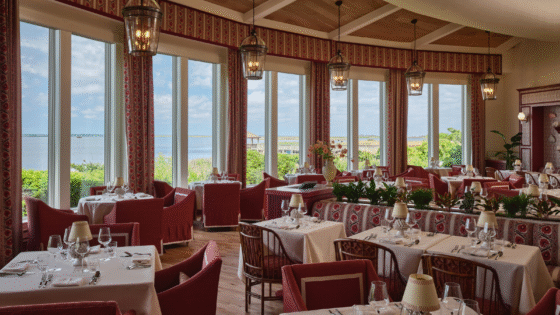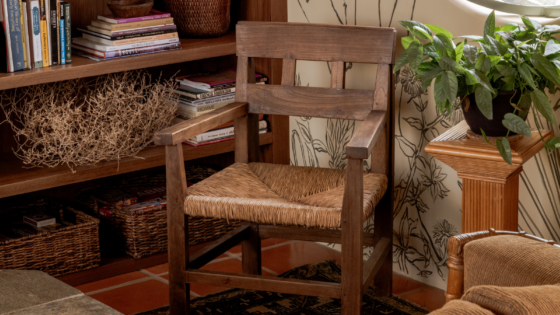Do owners and the project designers feel the pressure of redesigning an established hotel where a previous brand had found its rightful place in an area of a city? Tom Bishop, Director of Project Management at Concert, explores…
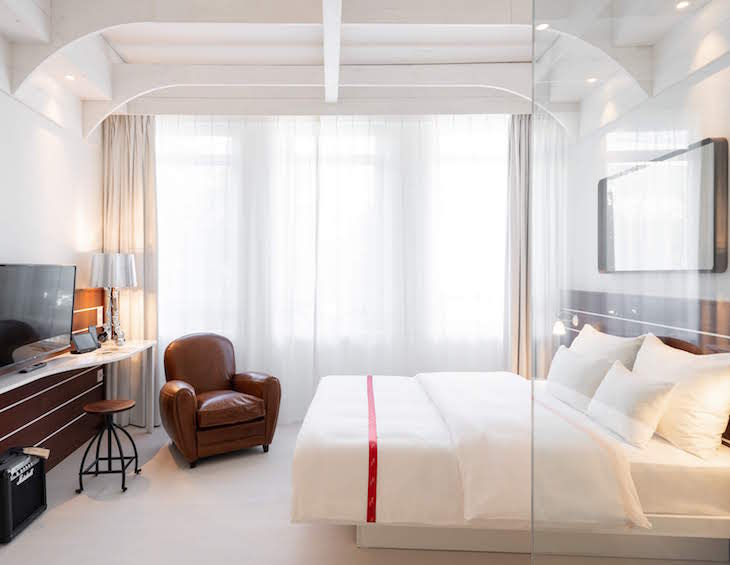
Taking a popular hotel and creating a new chapter of the story through either ‘hard’ re-positioning or simply a ‘soft’ face lift must come with added pressure or perhaps the pressures will always be the budget that weighs heaviest on everyone’s shoulders! New identities that are led by the brands and/or operators must release any pressure but with life style brands that are more flexible, especially that invite a wide range of clientele must focus owners and designers to tease the best out of an existing hotel building.
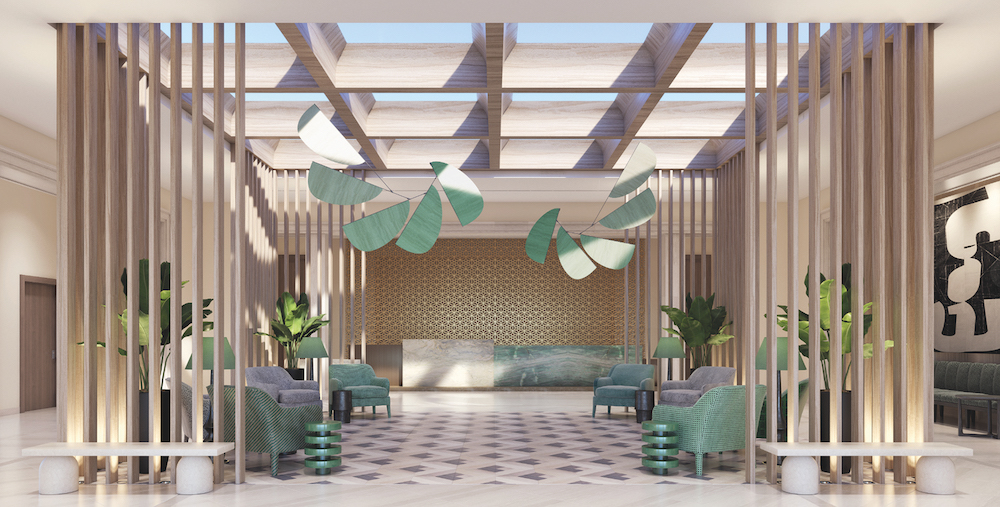
Image credit: Dolce Sitges
Externally the façade reflects the culture and aesthetics of a hotel. It is an identity on which the hotel’s theme is based on. The façade is the visual connection of what the public observes and what image they perceive in their heads. Altering a façade on a recognisable building can create a big impact but will come with buildability issues.
The orientation (zoning and layout) of an existing Hotel is already set so internally the question needs to be asked if the existing or previous brand had found its rightful place i.e. did it have a specific style that just needs updating? If it had not then a full redesign is the way forward and ultimately gives designers expression to provide a genuine experience with representation of the place. The opposite is the cost manager led re-touch, rather than reinventing a hotel’s DNA.
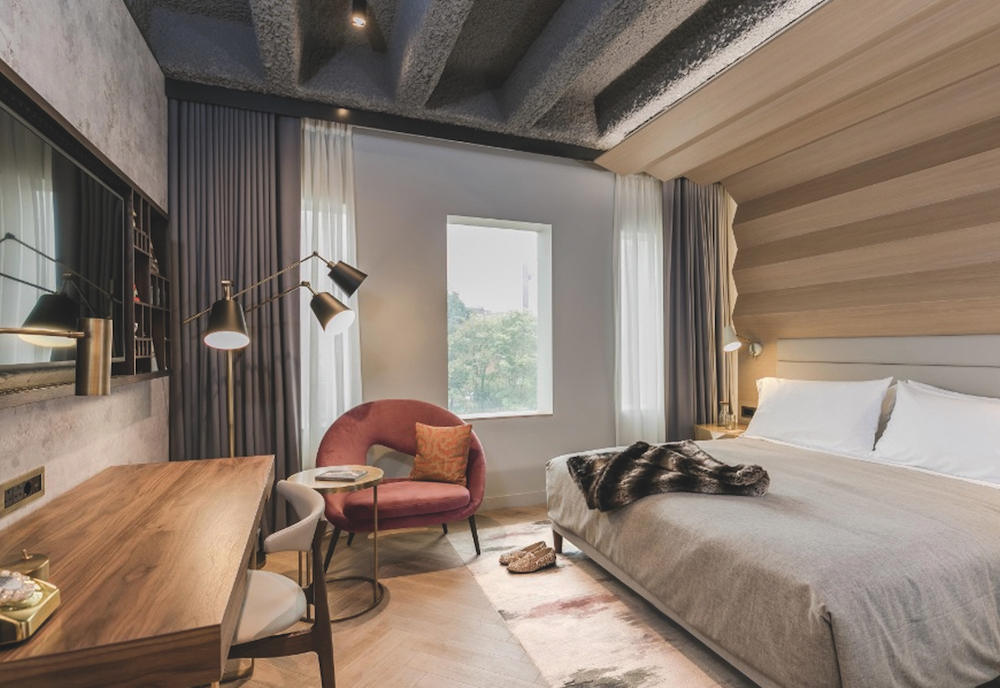
Image credit: Hilton Canopy
Designers are and can be restricted by existing services (including elevators, escalators, fire staircases, ramps, electrical system core, plumbing system, and HVAC system etc.) and cores which are already defined with structural solidity. The structure is designed and operates the critical operations as well as entertaining guests. Any redesign is not just meant for aesthetic purposes, but to improve the service that the hotel can provide the guest and their experience.
Sustainability – hotels are massive energy consumption facilities, depending on their size, technology or location. Redesigning an existing Hotel gives the opportunity to provide new plant and equipment that is more efficient in terms of energy consumption and sensor connectivity.
Through lifestyle there are no fixed ideas so a designers role is to guide and advise for a brand to evolve. If a hotel already captured the essence and soul of the area that surrounded it through design, extending the cultural experience and further establishing a true sense of belonging to the place then there must be a fine balance that designers have to achieve in taking on a ‘golden goose’ and not over-designing.
Part 2 in this editorial series will be available shortly. Concert is one of the brands that has taken advantage of our Industry Support Package. To keep up to date with supplier news, click here. And, if you are interested in also benefitting from this three-month editorial package, please email Katy Phillips by clicking here.
Main image credit: Concert

